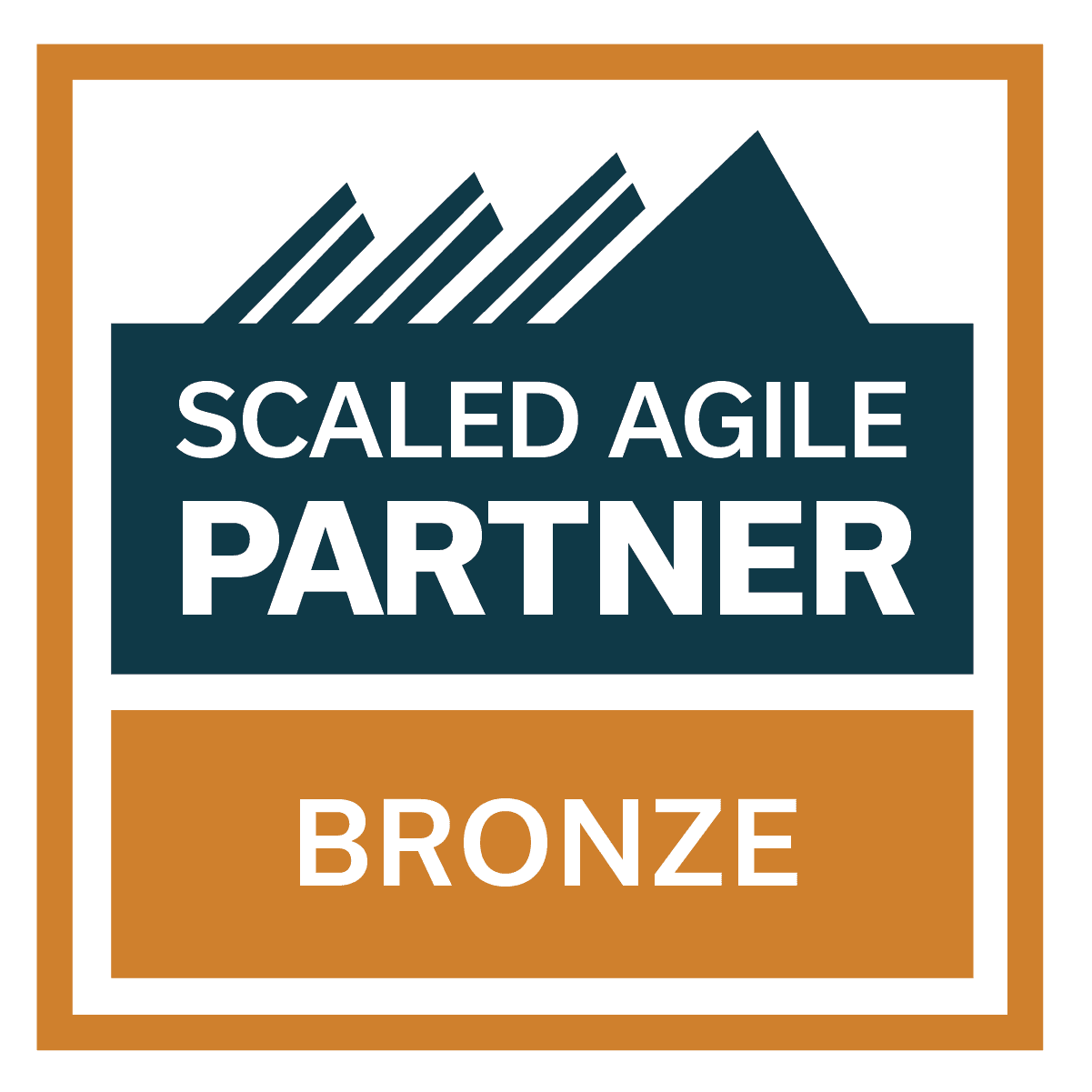Blog
Guide for SAFe Agilist about SAFe Principles and Practices
- May 7, 2024
- Posted by: Rakesh Lenka
- Category: SAFe

In the fast-paced world of software development, Agile techniques have transformed how teams approach projects. Among the several Agile frameworks, the Scaled Agile Framework (SAFe) stands out as a complete method to applying Agile at scale. Understanding the key concepts and practices of SAFe is critical for SAFe Agilists dealing with the difficulties of large-scale development projects. In this article, we’ll look at the essence of SAFe, including its basic ideas and important practices that are customized particularly to the dynamic environment of SureSuccess Academy in Bangalore.
Understanding SAFe Principles:
Delivering Value Continuously: At the heart of SAFe is the notion of providing ongoing and incremental value to consumers. Rather than concentrating merely on task completion, SAFe stresses the value of producing real results that match the demands of customers.
Embracing Lean-Agile Mindset: SAFe promotes enterprises to embrace a Lean-Agile mentality, stressing ideas such as whole-system optimization, adopting an innovation culture, and constant improvement via reflection and adaptation.
Decentralized Decision-Making: Empowering teams to make autonomous choices promotes agility and creativity. SAFe supports decentralizing decision-making to those closest to the job, which allows for faster reactions to market changes and consumer input.
Aligning Teams to a Common Mission: SAFe improves team alignment by defining a unified goal and vision. By ensuring that everyone knows the underlying goals and priorities, SAFe promotes team collaboration and synergy.
Fostering Built-In Quality: Quality is not an afterthought in SAFe; it is included into the development process from the beginning. By stressing processes like continuous integration, automated testing, and continuous deployment, SAFe guarantees that quality is maintained throughout the development lifecycle.
Best Practices in SAFe Implementation:
Establishing Agile Release Trains (ARTs): Dive into the heart of SAFe by learning how ARTs act as the key value delivery mechanism. Learn how to organize ARTs, facilitate Program Increment (PI) Planning, and promote continuous delivery.
Effective PI Planning: Learn the art of PI Planning to help teams synchronize, prioritize features, and align other interested parties. Discover strategies for overcoming typical problems and ensuring the seamless implementation of PI objectives.
Lean Portfolio Management: Learn SAFe’s Lean Portfolio Management strategies to better align strategy and execution, optimize investments, and drive innovation. Learn how to strike a balance between agility and governance to get the best business outcomes.
Implementing DevOps Practices: digital operations integration helps to bridge the gap between development and operations. Learn about SAFe’s DevOps ideas, tools, and culture enablers for accelerating delivery while retaining dependability and security.
Continuous Learning and Improvement: Agile thrives in an environment of continual improvement. Discover how SAFe encourages continuous reflection, adaptation, and experimentation in order to generate innovation and respond to changing market conditions.
Implementing SAFe at SureSuccess Academy:
At SureSuccess Academy in Bangalore, adopting SAFe necessitates a careful strategy that is suited to the organization’s specific environment and culture. Here are some things to consider:
Leadership Buy-In: Secure leadership buy-in by presenting SAFe’s advantages in terms of accomplishing business goals like faster time-to-market, greater quality, and increased customer happiness.
Training and Education: Invest in thorough Safe Training & Practices and education for teams and leaders so that everyone knows the SAFe concepts, practices, and roles.
Pilot Programs: Begin with small-scale pilot initiatives to evaluate SAFe techniques in a controlled environment before expanding them up throughout the enterprise.
Continuous Improvement: Encourage teams to experiment, learn from failures, and adjust their processes in response to feedback and findings.
Community of Practice: Create a community of practice where SAFe practitioners can exchange experiences, learn from one another, and collaborate to drive improvement projects.SureSuccess Academy may achieve new levels of agility, creativity, and success in providing value to consumers and stakeholders by adopting SAFe concepts and practices.

